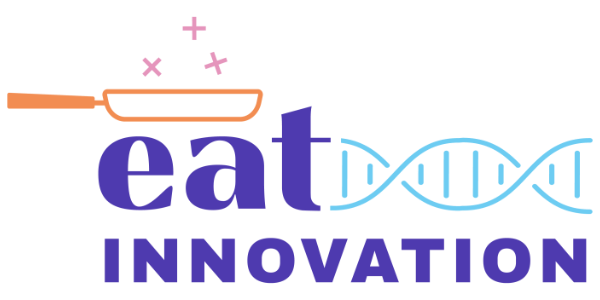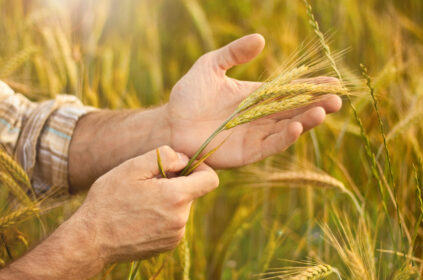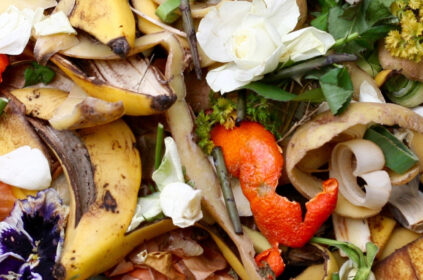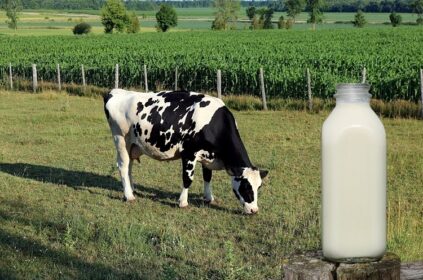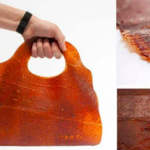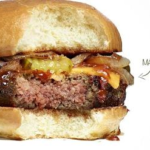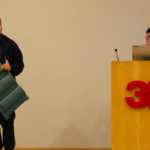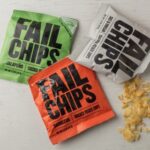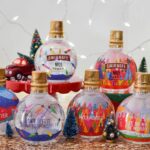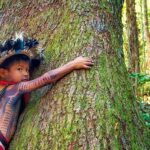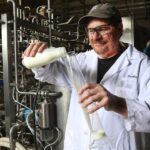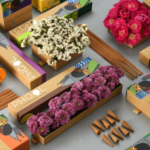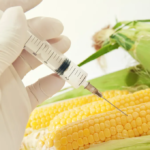Do you know how much does your leather jacket cost? No, I’m not talking about the price, I mean its environmental costs. Yes, it is expensive. We present here the most creative solutions to solve the problem.
Water is present in most leather processing steps. It is used as a vehicle for the chemicals diffusion and skins washing. Clean water are released with aggressive chemical and organic waste to the environment. Another loss comes from the food industry, it is estimated that 1.3 billion tons of food or 30% of world production, is lost or wasted annually.
With this alarming data in mind, Dutch students have developed a “leather” made from fruit that would otherwise be discarded. The process is simple and consists of kneading, cooking and drying fruits. Each fruit mixture results in a different material and the technique remains in secret by the group. The materials are composed of mature foods or too ugly (bent, large or too small) to be sold in the markets. Food that often become trash in the city every day.
The development of a vegetable “leather” is not new. Already out in the market is made of pineapple leaf fibers, the Piñatex. The leaves of pineapple are a by-product of the fruit harvest and with no commercial value.

In addition to the plant fabric, there are also animal alternatives. The wool of the Poodle dogs is an example of this. The donor material does not harm the animals and this wool looks like sheep-sourced and consumes dog pelage (hair/fur) that petshops discard.

The challenge is to create a commercially viable and environmentally sustainable product. Judging by these latest announcements, this will soon be our reality. What about you, will you join this fashion?
References: Embrapa, Exame, Stylo Urbano, Agência USP de Notícias
